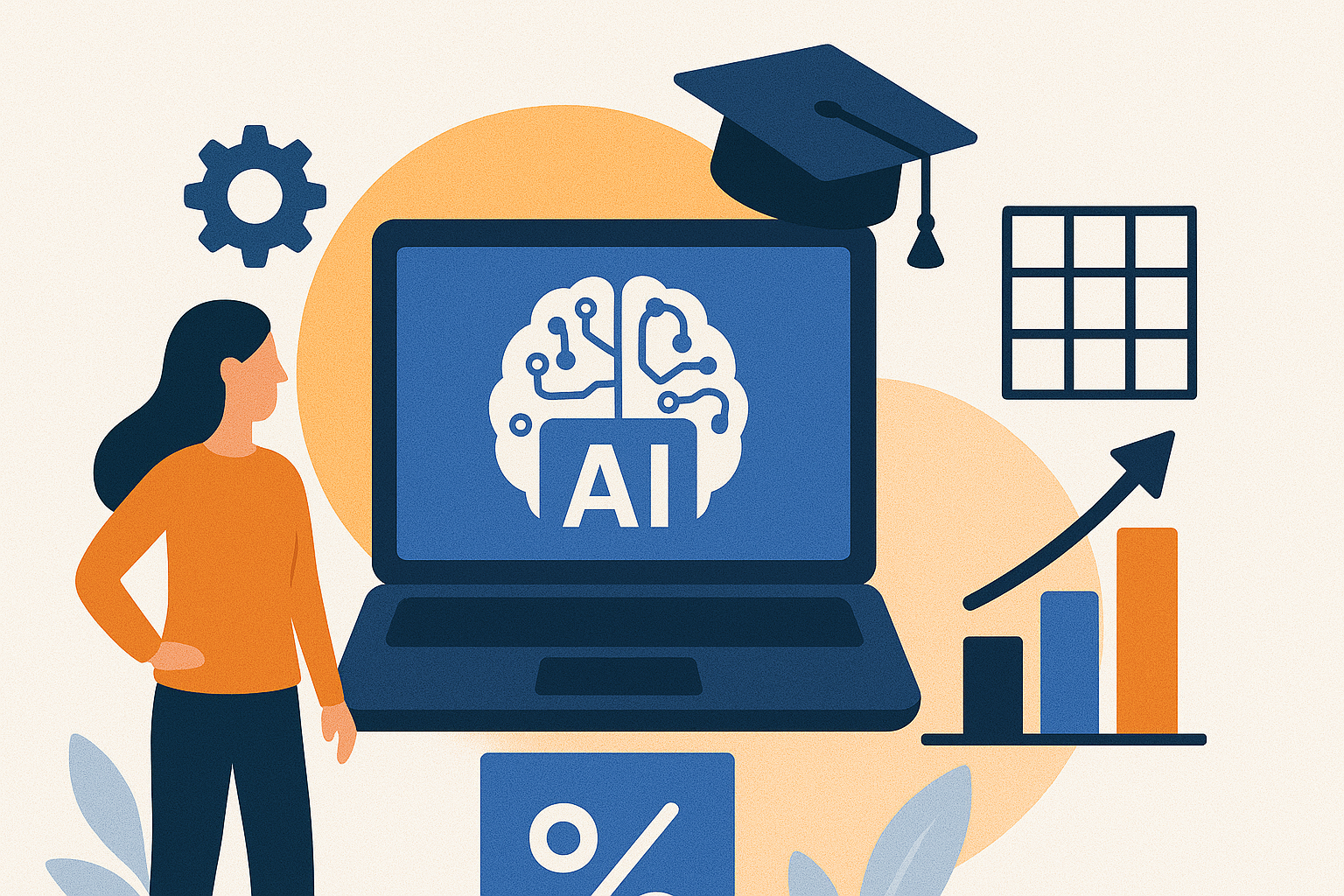About the Blog
Higher ed admissions teams are juggling more applications, higher expectations, and increasingly lean resources. It’s no wonder the admissions funnel feels more like a traffic jam than a pipeline.
In this blog, we’re unpacking the most common bottlenecks that slow down admissions—and showing you how AI tools can help untangle the mess. From speeding up application reviews to sending smarter follow-ups, we’ll explore realistic, jargon-free ways AI can support your team and enhance the student experience.
Smart Moves: What You’ll Learn Here
- The top bottlenecks slowing down the admissions process
- How AI can help automate tedious tasks (without losing the human touch)
- Simple strategies to track applicants more effectively
- Ways to use personalization to reduce melt and boost yield
- Why AI-powered admissions workflows are the future of enrollment marketing
What’s Really Slowing Down the Admissions Funnel?
Let’s start with the obvious: the admissions process has a lot of moving parts, and not all of them are moving at the same speed. One of the biggest snags? Application review. Admissions counselors often spend hours combing through materials manually—transcripts, test scores, essays—only to find that many applicants don’t meet basic requirements. It’s a high-effort, low-reward task that slows everything else down.
Another common bottleneck happens post-submission. Many schools lack a clear system for tracking where an applicant is in the process. Without regular touchpoints or automated nudges, applicants fall through the cracks. This leads to more ghosting, more melt, and more uncertainty for both the institution and the student.
Finally, communication—or lack of it—plays a major role. Generic follow-up emails just don’t cut it anymore. Students expect real-time, personalized interactions. But creating custom messaging at scale is tough without some serious support. And that’s where AI starts to shine.
Automating Without Losing the Human Touch
AI isn't here to replace your team—it’s here to supercharge them. When it comes to application review, for example, AI can sift through large volumes of materials in seconds, flagging incomplete files or highlighting high-potential candidates based on pre-set criteria. Think of it like a digital assistant helping your staff focus on quality over quantity.
What’s even more helpful is the ability to pre-screen applicants based on your unique admissions thresholds. AI can evaluate factors like GPA, course rigor, and even essay sentiment to help prioritize outreach. This streamlines workflows and ensures your team is focusing their energy where it matters most: on students who are a strong match.
But the magic isn’t just in the sorting—it’s also in the tracking. AI tools can follow an applicant’s journey from inquiry to enrollment, offering up real-time insights into what stage they’re in, what info they’ve interacted with, and what support they may need next. That kind of visibility is game-changing for managing a high-volume funnel.
Personalization That Works (and Scales)
We all know that students today want personalized experiences. The problem is, building those one-to-one moments at scale is impossible without help. AI changes the game here by allowing you to create dynamic, behavior-based follow-ups that feel personal, but are fully automated.
Imagine a student who’s opened your financial aid page three times but hasn’t submitted their FAFSA. With AI, you can trigger a custom email offering help with their application. Or if an admitted student hasn’t registered for orientation yet, the system can send a reminder along with testimonials from current students to boost engagement. These kinds of nudges aren’t just smart—they’re strategic.
And when it comes to reducing melt, timing is everything. AI can detect when a student’s engagement starts to drop off and send re-engagement messaging right when it matters most. It’s proactive, not reactive—and it makes your follow-up game stronger without burning out your team.
Let’s Be Honest—This is the Future of Admissions
The reality is this: admissions teams are stretched thinner than ever, and student expectations are only going up. By identifying your funnel’s friction points and putting AI to work in the right ways, you can boost efficiency, enhance the applicant experience, and reduce yield anxiety.
So if you’re still stuck in spreadsheet chaos or sending the same email blast to 1,000 students, it’s time to rethink the process. Start small. Automate one piece. Track one touchpoint. Personalize one follow-up. Then build from there.






.png)



